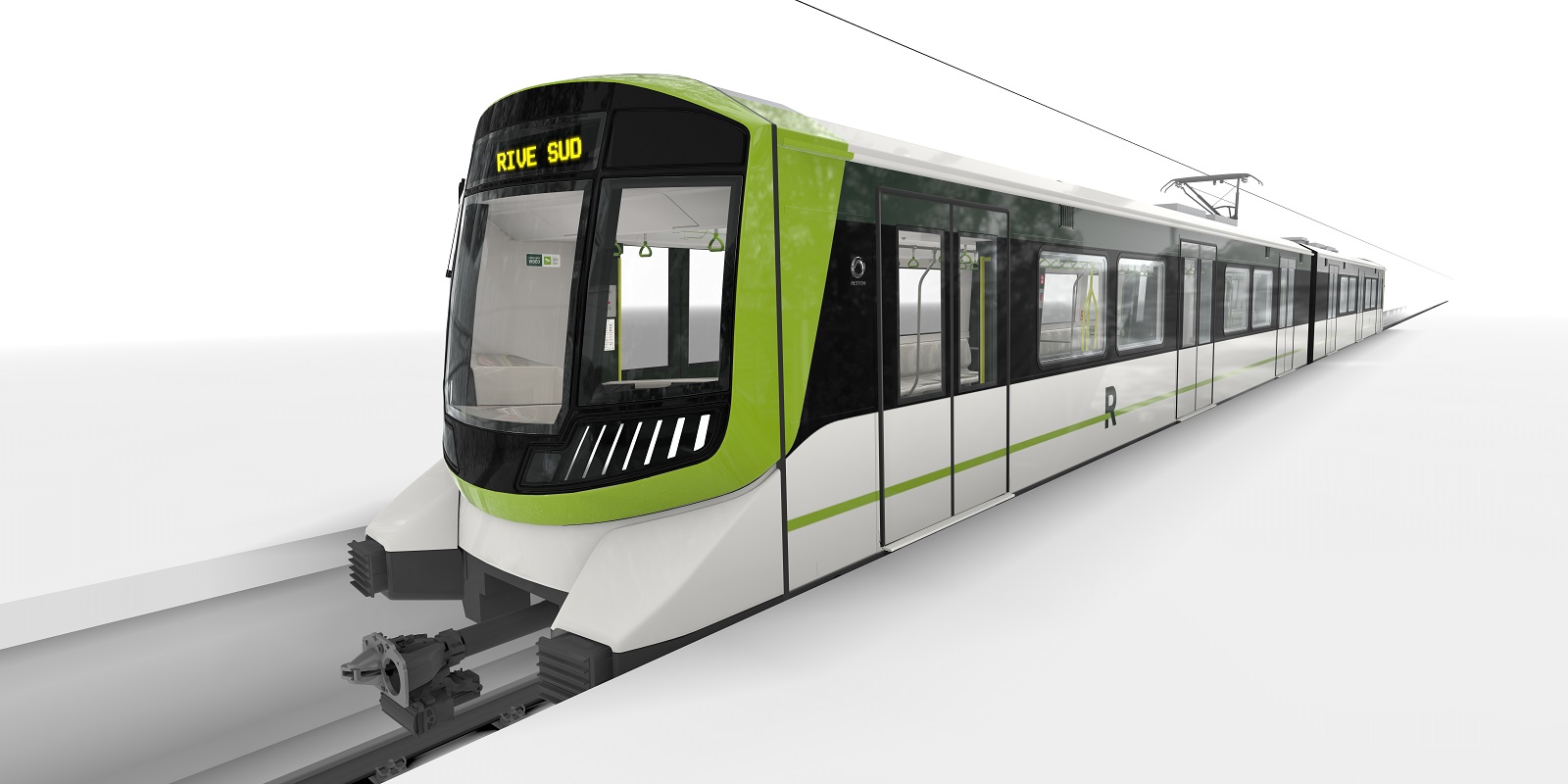Find the latest Metrolinx news, project updates and more.
blog.metrolinx.com
Great article, really highlights some of the issues often not considered by the layperson when thinking of tunneling.
For example, twin-bore tunneling can be greatly affected by the time dependent swelling of the rock. If there is a delay in one TBM, the stress redistribution after the first tunnel is bored may affect the boring of the second TBM considerably as it passes through the swelled region. This can lead to decreased strength around the tunnel and/or excessive volume loss leading to surface displacement.
It is also very important for caverns that use SEM, as the sequential excavation method (obviously) has different sections mined at different times, leading to stress redistribution. Delays or mining issues could lead to these stresses causing cavern wall blowout or other rock failures if this is not considered during design.
Considering the magnitudes of some of the swelling stresses and how they change over time, a design that will hold during the initial stages of construction may not be suitable for the later stages of construction as the horizontal stresses are increased. For some projects in expanding shales, sand has been packed outside a final tunnel liner as the increase in stress is taken up by the compression of the sand instead of being taken directly by the wall of the tunnel.
On top of the design implications, one may expect that the swelling rates are not uniform across a region of bedrock, or even within the same borehole. This could increase the number of tests that would need to be done to reach an acceptable level of confidence.
I would expect a considerable amount of drilling to take place in the transition zones between the soil/rock interface as these are the areas where the testing is most critical. I am excited to see how the OL plan will take these interfaces into account. My anticipation, from the article, is that the underground section along Pape will be entirely in the soil and could be dug similar to the crosstown if cut-and-cover is to be avoided.
However, I am not sure how they plan on transitioning between aboveground->soil->rock within the 500m or so present at the Don yards. I doubt they will be digging up any of Corktown Common, nor would they want to cause significant surface movement to the GO lines or heritage buildings in Distillery. Would not be surprised to see jet grouting occur along Cherry or Parliament st, or possibly extending the excavation along Distillery lane. You would not want to have
any differential displacement causing tilt to 7+ lanes of rail traffic...


